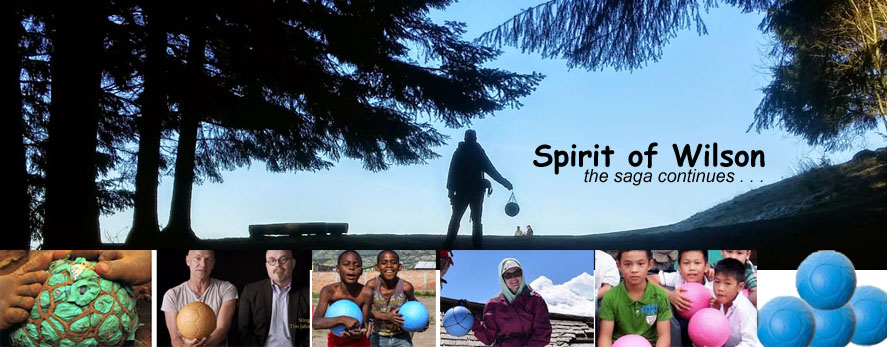 |
A hefty root of malanga awaits its fate on the chopping board. |
Hello, Marian,
Yes, this installment of Spirit of Wilson is being dispatched to the usual recipients, but just to be different, it is being sent as a letter to you, a friend I've known for more than 50 years. As a resident of Maui, I thought you might be interested to know how similar Maui is to Puerto Rico, the land of Hurricane Maria.
Except for the absence of molten rock that can burn you, and the strong Hispanic culture, Puerto Rico is a lot like Maui. For each island, what we call civilization has developed detente with the jungle, but it is an uneasy truce, with the jungle always testing the boundaries.
Puerto Rico is a mere 150 miles closer to the equator than Maui. Because of their locations, both islands have important observatories. In 1992, the Arecibo Observatory in Puerto Rico announced the first planet to be discovered outside our solar system.
Malanga -- the new potato?
I made a far less momentous but nonetheless pleasing discovery of my own -- malanga, a root crop which is related to Hawaii's famous root crop, taro. Malanga is tasty, nutritious and filling, and kind of nutty, like the chef. If possible I intend to substitute it for the more pedestrian potato. So far I haven't found malanga in Seattle, but I spent my last day in Puerto Rico experimenting with it as I packed and cleaned out the fridge.
Puerto Rico is a U.S. possession, with all the benefits of being possessed -- lots of Burger Kings and McDonald's restaurants to rely on when you are on the road and can't be sure a food server will speak English. (Yes, yes, I know: if they can't learn English, why don't they go back to their own country, right?)
 |
Plantain dish left; avocado, right. |
A trip to Walmart made it possible to provision my condo with standard stuff a shameless cheapskate bachelor eats -- ham steaks, lunchmeat, cheese, jam, bread, yogurt, pizza, beer, ketchup, mustard, juice, etc. You know -- health food.
 |
$4 for that hunk of malanga, and $3 for a bunch of bananas -- far, far pricier than Trader Joe's |
Malanga reportedly originated in South America and is now grown in the Caribbean, Central America, and certain parts of Africa and Asia. My research discovered that it is a natural thickener, and makes stews and soups creamy. However, when eaten raw, it can irritate the throat.
 |
Honeyed ham: Yum! |
 |
Peeled malanga, ready to be diced |
 |
On the left, fried malanga, didn't work. On the right, cooking it with beer didn't work either. |
The Arecibo Observatory
 |
Arecibo Observatory |
The undulating earth
There are many of these depressions in what is described at karst topography. The term is taken from a region between Yugoslavia and Italy. For Puerto Rico, it has resulted in places with a land form that looks a little bit like the undulations in ribbon candy, or like a sine wave. The photo below of a truck on the expressway shows how the land undulates, creating natural depressions into with such a telescope could be fitted. One third of the island has karstic topography. |
Karst topography in the mountainous area south of Arecibo. |
Exoplanets and radio bursts
Arecibo has the distinction of discovering the first exoplanet (a planet outside our solar system). It has served the National Science Foundation, and was able to help NASA troubleshoot problems with an earth satellite by determining whether it was tumbling in orbit. Literature at the observatory stated that the Arecibo telescope was the first to discover split-second "fast radio bursts" in the Northern hemisphere of the sky. |
4 miles of cables, each weighing 10 tons, support the 1,000-ton platform above the dish. |
Love,
Robert



No comments:
Post a Comment